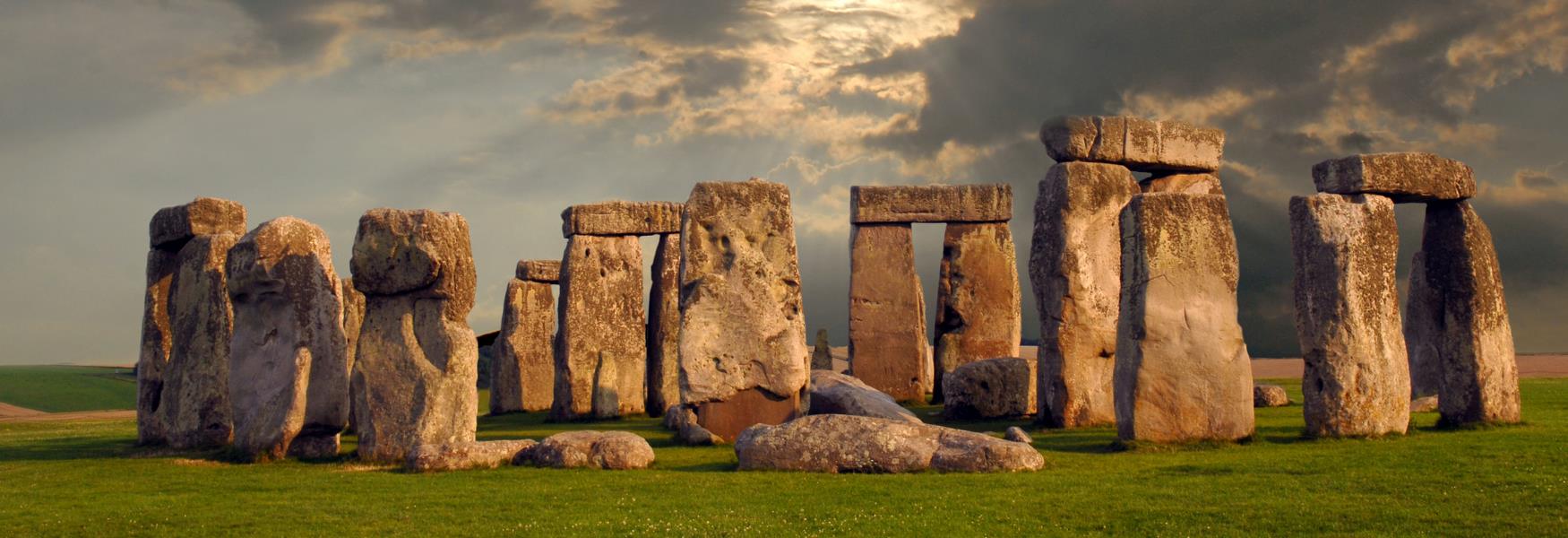A World Heritage Site is a cultural or natural landmark that has been recognised by UNESCO as being a site of great importance. Volunteers and heritage organisations work hard to preserve these sites due to their universal value and each one is held in a collective trust.
Each site is deemed to “belong to all the peoples of the world, irrespective of the territory on which they are located” and are all legally protected by international treaty.
There are currently 33 recognised UNESCO World Heritage sites across the UK, with several under the management of organisations like the National Trust and English Heritage. Here you can find all the sites within Great Britain and Ireland. There are several others that are not on the UK mainland but are within British Territories. Find out the full list here.
